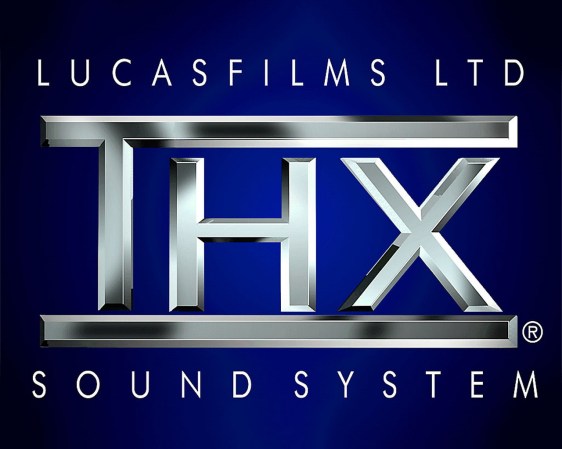One of the most famous pieces of computer-generated music is the Deep Note, the audio trademark for THX. It begins with a dozen or so voices, randomly tuned between 200 and 400 Hz, then glissandos to a frequency spread of three octaves. Put that through a few thousand watts of a speaker system, play it before Jedi, and the audience will be listening.
The original THX Deep Note was created on hundreds of thousands of dollars worth of hardware running 20,000 lines of code, but that was in 1983. Now we have cheap microcontrollers, so of course, you can now fit the Deep Note in your pocket. You can even make it a game. That’s exactly what [Bob] did with his Deep Synth. It’s the Deep Note, in a Game Boy-ish format.
The hardware for this build is the 1Bitsy 1UP, a retro-inspired handheld game console from [Bob]’s friend [Pitor]. Onboard the 1Bitsy is an STM32 F4 running at 168 MHz with a 2.8″ LCD, SD card reader, and the traditional Game Boy control scheme. All the games are up to you.
[Bob] wrote an audio driver for the 1UP, but needed a good audio demo. Since the Deep Note was a good enough demo for Lucasfilms, it would obviously be a good enough demo for a microcontroller. In far less than 20,000 lines of code, [Bob] made the 1UP polyphonic, and it was surprisingly fast enough to synthesize around thirty oscillators. It actually sounds like the Deep Note, too. You can check out a video (and audio) of that after the break.













